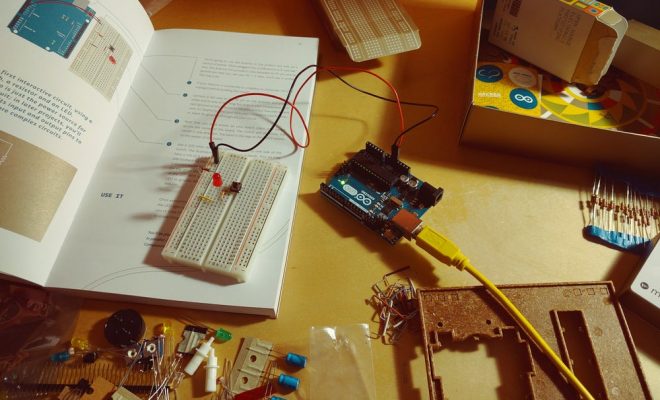K-12 Schools Need to Stop Wasting Money on Tech They Don’t Need

Our current academic model is falling very short of where learners will need to be in order to graduate with digital literacy. The K-12 schools across the nation are determined to help make up for this deficit by purchasing every piece of technology that comes their way. It is reassuring to see that so many teachers and administrators are dedicated to giving students the tools they will need in the real world upon graduation. Unfortunately, there is an underside to these noble intentions that could be doing more harm than good.
School budgets are notoriously underfunded. Administrators must constantly search for new ways to cut corners in the budget without sacrificing the integrity of the education for students. Compared to other countries, Americans do spend quite a bit on education each year. Just last year, the Department of Education budget proposed $139.7 billion on spending and reforms.
Many companies are taking advantage of this spending trend, marketing products that are referred to as edtech (short for education technology). However, K-12 schools are really spending way too much money on tech that isn’t necessary to teach students digital literacy. For example, one school district in Texas was responsible for $2.7 million in technology funding that was misspent.
What is the culprit behind all of the misspent money on edtech?
K-12 schools don’t always appreciate what type of technology they really need. They don’t attend industry conferences that help them to stay abreast of all the latest developments in technology. This means that they can be easily swayed by representatives who do not have the students’ best interests in mind. Instead, they are only looking at how many sales they can make for their bottom line.
Administrators are also tempted to purchase by brand name when they are uneducated on the products themselves. This can lead to lots of technology that might be clunky for educators, too expensive for the district to truly afford, and ineffective for students. The brand name isn’t necessarily an indicator that technology is going to be right for K-12 schools.
One of the other key issues with edtech is that there are very few studies being done on the overall effectiveness of edtech interventions. This means that administrators can’t see what has produced better learning outcomes for students as a result of their purchases. While edtech has the potential to generate better grades and more educated students, K-12 schools don’t always think through their purchases to select items that are the best for students.
It’s a common misconception that simply having the technology available to educators will lead to more learning in the classroom setting. The availability of technology is not the problem. The real issue is that K-12 schools are spending far too much money on products that may or may not be the best choice based on the school’s current curriculum and student population.
K-12 schools need to do better at saving their budget for products that will truly contribute to the classroom experience. Edtech definitely deserves a small sliver of the budget, but the purchase needs to be thought through with care. We need to change the way money is frivolously spent to generate a façade of tech-savviness in the K-12 classroom and start focusing on actual change with more meaningful products.






